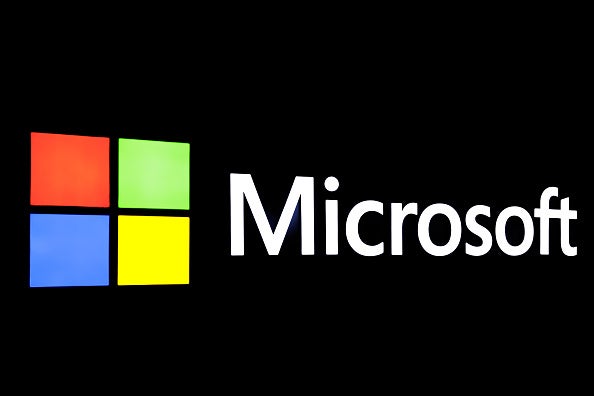
In the third quarter of 2021, Zoom reported better-than-expected quarterly earnings but a lower-than-expected increase in the number of large customers, raising doubts about the company’s future in the highly competitive collaboration tools market. Its video conferencing tools will play a vital role in the hybrid working model that will dominate the future of work, but its revenue growth will inevitably slow as the pandemic subsides, and employees return to offices.
Zoom has made video conferencing more accessible to all kinds of businesses combining its low price with one-click meeting access. The company, which charges businesses for its remote meeting software in addition to more limited free use for the general public, saw sales soar 326% to $2.6 billion in 2020.
In March 2020, Zoom reported that the number of daily meeting participants on the platform—both free and paid—topped 200 million. To put that into context, as of the end of December 2019, its peak number of daily meeting participants was around 10 million.
An increasingly competitive landscape
The collaboration tools market was already highly competitive before the pandemic, with many companies—from hyperscalers and telecom providers to small cloud-based providers—all battling to establish a strong presence in their respective segments. The pandemic has made this competition even tighter, with vendors rushing to offer free trials or enhanced versions of their pre-existing free services. With collaboration tools becoming ubiquitous, vendors in the market are feeling the pressure to innovate quickly to stay ahead of a plethora of challengers targeting the market, including over-the-top (OTT) vendors such as RingCentral and 8×8.
As the pressure of the pandemic eases and economies emerge from lockdowns, it is clear that there will be no return to the old normal. Most businesses are shifting to a new hybrid model, with employees attending the office at most for a few days a week. This shift brings new challenges for businesses, as a hybrid workforce is more complex to support than one that is either predominantly office-based or fully remote.
Zoom needs a long-term strategy
Zoom is under increasing pressure to move beyond video conferencing and expand its communication platform. The company has made inroads into conference room hardware and developed a hardware-as-a-service offering, but this might not be enough. Its failure to complete the planned acquisition of Five9 was a missed opportunity to integrate contact centers into its portfolio.
How well do you really know your competitors?
Access the most comprehensive Company Profiles on the market, powered by GlobalData. Save hours of research. Gain competitive edge.

Thank you!
Your download email will arrive shortly
Not ready to buy yet? Download a free sample
We are confident about the unique quality of our Company Profiles. However, we want you to make the most beneficial decision for your business, so we offer a free sample that you can download by submitting the below form
By GlobalDataZoom needs a clear long-term vision of how it wants to contribute to the hybrid working model that will dominate the future of work. Other companies are investing in artificial intelligence, augmented reality, and virtual reality—all technologies that will be critical in the emerging hybrid workplace to ensure employees can access key enterprise applications and corporate data regardless of location.
Microsoft and Meta (Facebook) are even championing the metaverse as the ideal environment to support hybrid working. Indeed, there is still much uncertainty around how the metaverse will materialize and Zoom does not have the same capabilities as Meta and Microsoft in technologies such as augmented reality and virtual reality, which will be essential parts of the metaverse. However, these companies both have long-term objectives and are mobilizing resources to achieve these. This long-term vision is exactly what Zoom lacks at the moment.







Related Company Profiles
Microsoft Corp
Five9 Inc
Meta Platforms Inc
RingCentral Inc